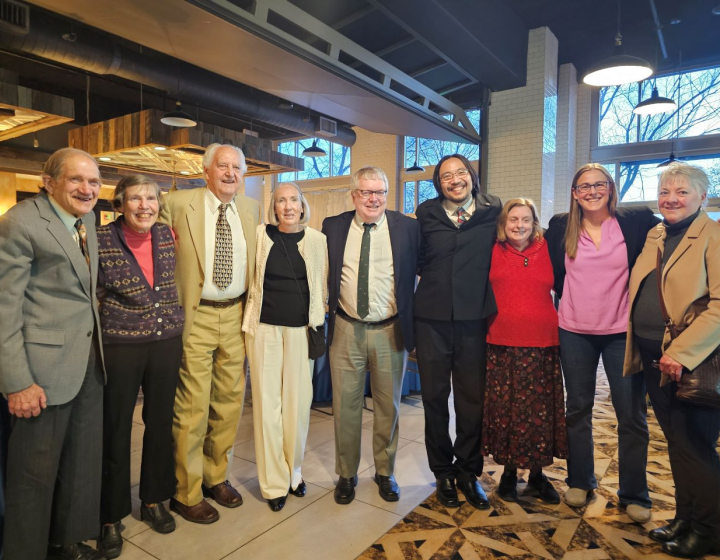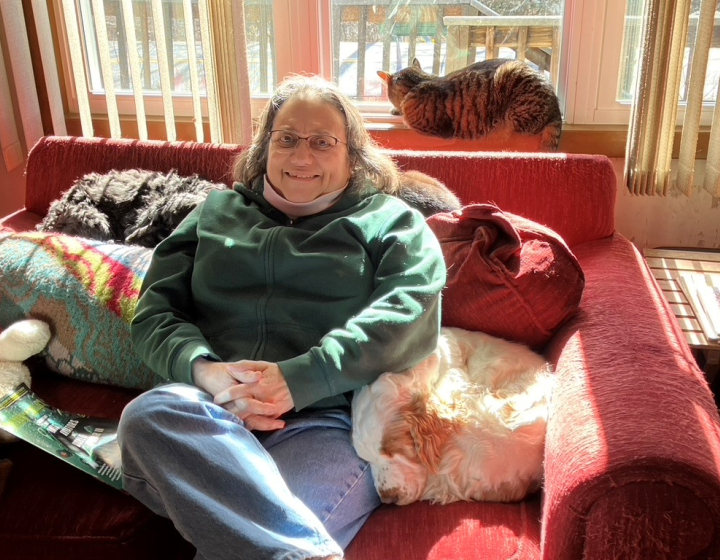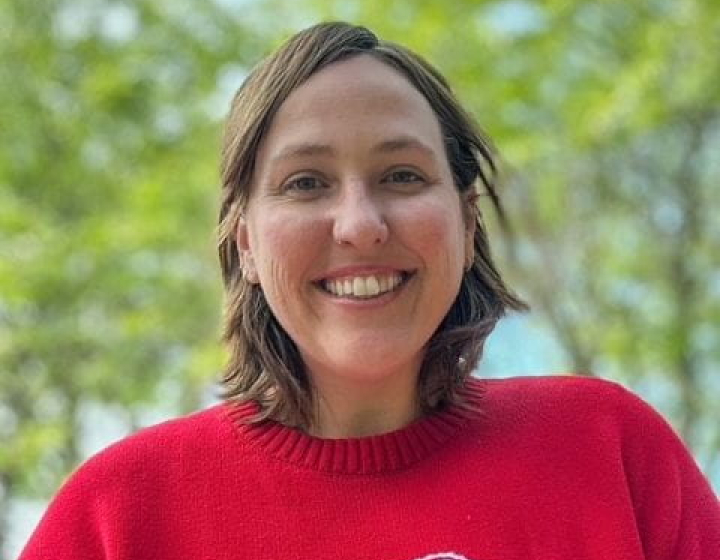New insights to the way worms regenerate tissue holds promise for future human therapies
Dr. Carolyn Adler, assistant professor of molecular medicine, published a study in the journal eLife on June 22, that details new insights on planarians — flatworms that can grow back any organ any life stage thanks to their stem cells. In her study, Adler found that planarian worm stem cells can sense what organs have been damaged or lost — and can therefore re-grow what the worm needs replaced. The finding lays new groundwork that could lead to future regenerative therapies for other animals, including humans.
Adler’s research team discovered this by tracking changes in planarian stem cell behavior and tissue production after different injuries. Other research suggested that an injury stimulated planarian stem cells to indiscriminately produce all cell types, but Adler’s previous research indicated that the stem cells were more targeted — generating specific cell types of the missing or injured tissue. Adler tested both concepts to reveal the truth.
“We tested these models and found that while both are true, stem cells selectively amplify particular cell types that will rebuild the lost tissues,” says Adler. “This uncovered a potential mechanism by which stem cells can sense the identity of missing tissues.”
Many of the genes required for organ-specific regeneration in planarians are potent drivers, or master regulators, of organogenesis — the embryonic stage where internal organs are first established — in other animals. “Understanding how these master regulators of development are selectively activated to drive the regeneration of particular tissues may eventually contribute to advances in targeted organ regeneration therapies,” says Adler.
Next, the team wants to identify the molecules that allow stem cells to detect the presence or absence of different organs. “We suspect that this sensing mechanism is a large contributor to the ability of planarians to regenerate so robustly after any kind of injury,” Adler says.
Written by Lauren Cahoon Roberts





